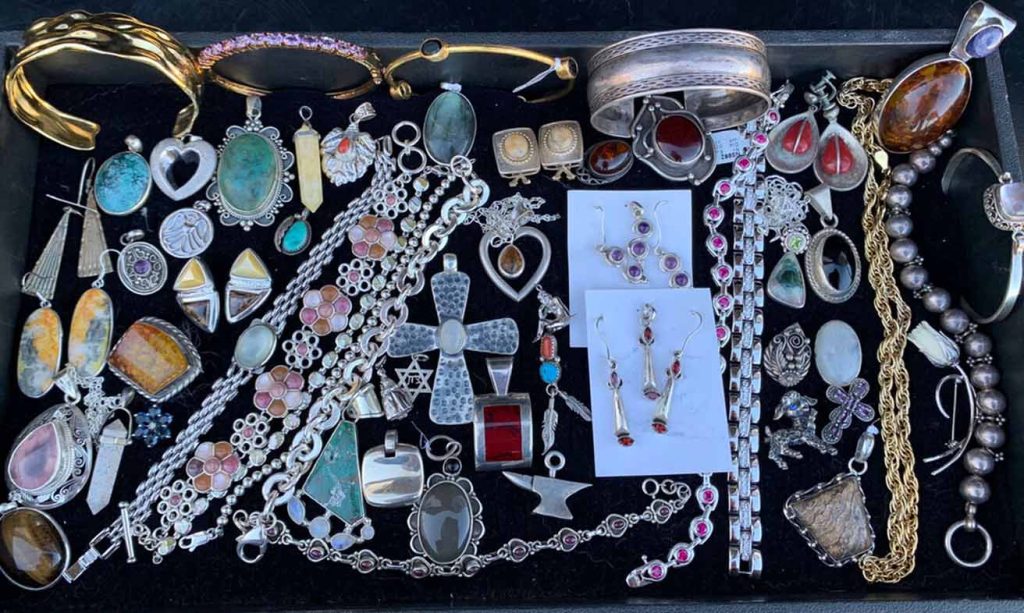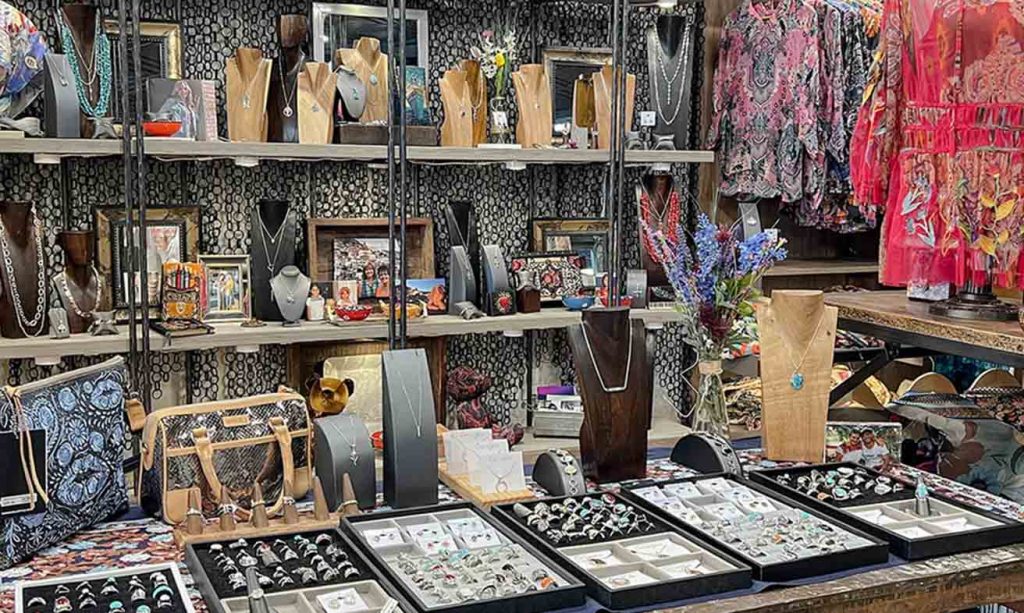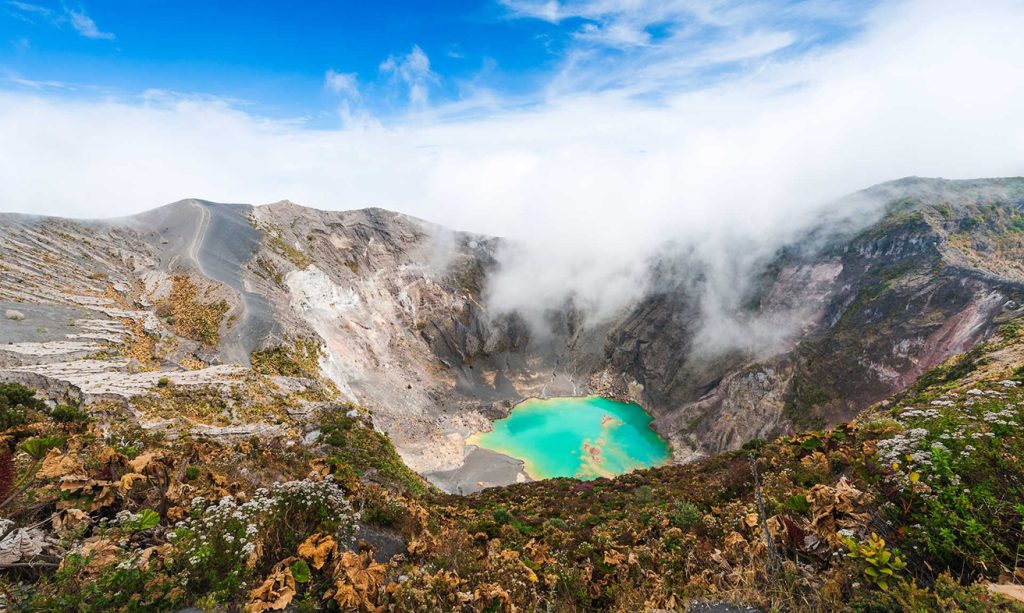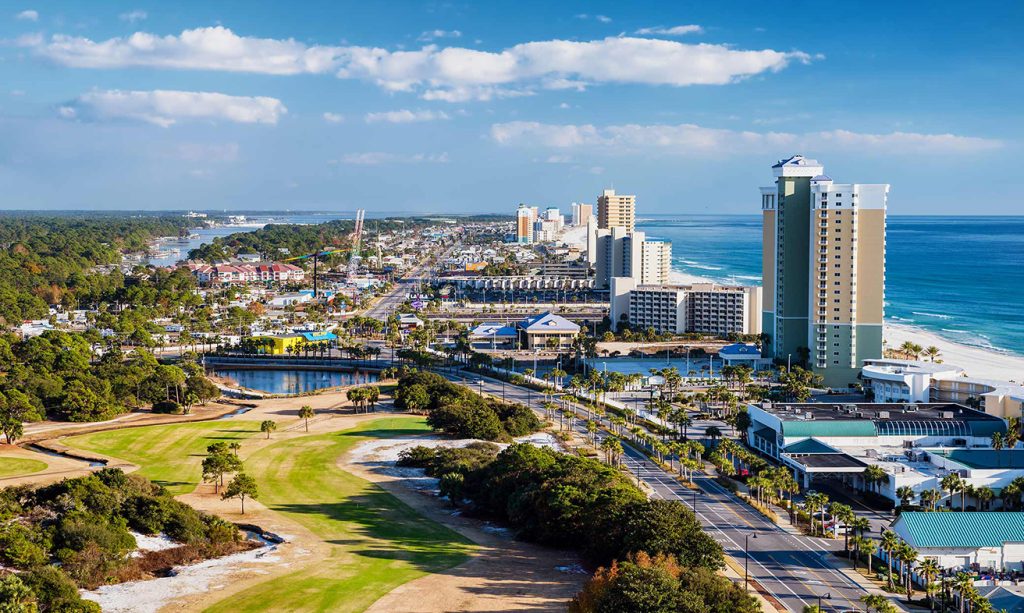If you’ve ever been to Mérida, you’ll know that it’s not just the historical sites or the vibrant colonial buildings that draw you in; it’s also the rich culture of the Yucatán Peninsula, which makes the city such a wonderful destination for shopping. Mérida has a variety of artisanal goods, but one of the highlights of my recent trip was exploring the local silver jewelry scene. Mexican silver, particularly from this region, is renowned for its quality and unique designs.
1. Why Mérida for Silver Jewelry?
Mérida is located in the heart of the Yucatán Peninsula, a region known for its rich Mayan heritage and artistic traditions. Silver jewelry here is often made using ancient techniques passed down through generations, and you’ll find everything from traditional pieces that reflect the area’s indigenous culture to modern designs with a contemporary twist. What really stood out to me was how different the experience was from shopping for silver in other tourist-heavy cities in Mexico, like Mexico City or Cancún. The markets here feel more authentic, and there’s a deeper connection to the craftsmanship and artistry involved in each piece.
2. The Silver Market Scene in Mérida
Walking around Mérida, one of the first places I headed to was the famous Lucas de Gálvez market. It’s a massive, bustling marketplace that’s perfect for anyone wanting to pick up local goods. In the section dedicated to silver, you’ll find rows of small stalls filled with silver jewelry—necklaces, bracelets, earrings, and rings—each with intricate designs. What I found fascinating here was the variety of styles, ranging from delicate and traditional to bold, modern pieces. The market atmosphere is incredibly lively, and it’s easy to get lost in the rows of colorful goods, but if you keep your eyes peeled for quality, you’ll soon spot the silver experts.
3. Authenticity: How to Know You’re Buying the Real Thing

One of the first things I learned while shopping for silver jewelry in Mérida was how to tell if a piece is truly authentic. Mexican silver, often referred to as “Taxco silver,” is well-known for its quality, and it’s usually marked with a stamp of authenticity. The stamp should read “925,” which indicates that the piece is made of 92.5% pure silver. If you don’t see this stamp, be cautious. The jewelry may not be real silver or may not be of the high quality that Mexican silver is known for.
As I wandered through the market stalls, I asked the vendors about their silver. Many of them were more than happy to share information about their pieces. Some of the silver used in Mérida comes from nearby mines, but there are also several workshops in the area where artisans create their pieces by hand. The craftsmanship was stunning, and I learned that many pieces were crafted by local artisans who had been working in the trade for decades. This personal touch made me appreciate the jewelry even more.
4. Designs and Styles: The Beauty of Traditional and Modern Silver
Mérida is a city where tradition meets modernity, and this is reflected in the silver jewelry designs you’ll find. One of my favorite things was seeing how modern interpretations of traditional designs could still capture the essence of Yucatán’s culture. For example, I found beautifully crafted pendants featuring motifs like the sun, moon, and stars, symbols often seen in Mayan art. These designs were made using ancient techniques but had a sleek, contemporary edge to them that made them feel fresh and unique.
On the other hand, I also came across more traditional pieces with intricate filigree work and hammered silver that reflected a more old-world charm. The way these pieces were shaped—sometimes with delicate twists or curls—felt timeless. It was clear that the artisans in Mérida have mastered the art of fusing the old with the new, offering something for every taste.
5. What to Look for When Buying Silver Jewelry
When you’re in Mérida shopping for silver, there are a few things to keep in mind to ensure you’re getting the best quality and value for your money. First, check for the authenticity stamp (925), as I mentioned earlier. But there are a few other aspects that can help guide your decision-making process.
- Weight: Real silver is dense and heavy compared to imitation silver or other metals. If a piece feels unusually light, it might not be pure silver.
- Craftsmanship: Look closely at the details. Mexican silver is often hand-crafted, and you can see this in the fine details. A well-crafted piece will have a smooth, polished finish, and you’ll see the care that went into creating it.
- The Patina: Over time, silver develops a natural patina, especially if it’s worn regularly. This gives it a unique, personal touch. If you’re buying a piece that looks too polished and shiny, it might be treated to look like new, but it won’t have the same character as a naturally aged piece.
- Price: While it’s tempting to bargain when shopping in markets, be mindful of the price. Mexican silver is often very affordable compared to silver in other parts of the world, but if the price is too good to be true, it might be an indication of lower quality or a piece that’s not truly silver.
6. The Silver Street: Calle 59
After visiting the bustling markets, I decided to explore one of Mérida’s quieter shopping streets: Calle 59. This street is home to several high-end silver jewelry shops, and while the prices are higher than what you’ll find at the market, the quality and range of designs are exceptional. One of the things that stood out to me about these stores was the ambiance—they were quiet, inviting, and the staff was incredibly knowledgeable. I had the chance to speak with the owners of a few stores about the history of silver-making in the region.
Many of these shops offer custom designs, which is something I hadn’t expected. I could sit down with the jeweler and discuss the design I wanted, and they would sketch it out for me, then craft it right there. This bespoke experience added another layer of meaning to my purchase, and it was fascinating to learn about the process from start to finish.
7. Negotiating and Buying Tips

At the market, haggling is expected, and it’s part of the fun of shopping in Mérida. However, negotiating for silver jewelry requires a little more finesse. Vendors will usually give you a starting price, and from there, you can try to bring it down. It’s important to be respectful, as the artisans put a lot of work into each piece. I found that a fair offer usually leads to a pleasant transaction, and both parties feel satisfied with the result.
It’s also helpful to ask about the history of the jewelry and where it was made. Vendors often love to share the stories behind the pieces, and it can help you understand the significance of your purchase. In some cases, you may even be able to meet the artisans or visit the workshop where the jewelry was created, which adds an extra layer of connection to the piece you’re buying.
8. Local Artisans and Workshops
For a truly immersive experience, I highly recommend visiting one of the local workshops in Mérida. These small family-run businesses produce some of the finest silver jewelry, and many offer tours of their facilities. When I visited one of these workshops, I was able to see artisans at work, shaping, soldering, and polishing silver into intricate designs. Watching them work gave me a greater appreciation for the skill and time that goes into creating each piece. The level of detail was astounding, and it was clear that the artisans take great pride in their craft.
Many of these workshops also have small shops where you can buy directly from the maker. This means you’re supporting the local artisans and getting a piece of jewelry that’s not just beautiful but also meaningful.
9. Silver Jewelry as a Souvenir
One of the things I love most about buying silver jewelry while traveling is that it becomes a lasting souvenir—a piece that holds memories of the trip. The silver I bought in Mérida has become more than just jewelry; it represents the culture, history, and artistry of the Yucatán Peninsula. Every time I wear a necklace or ring from Mérida, I’m reminded of the time I spent wandering the markets, learning about silver-making, and experiencing the warmth and hospitality of the local people.
As I left Mérida, I knew I was taking home more than just silver jewelry—I was carrying a piece of the city’s soul with me.




